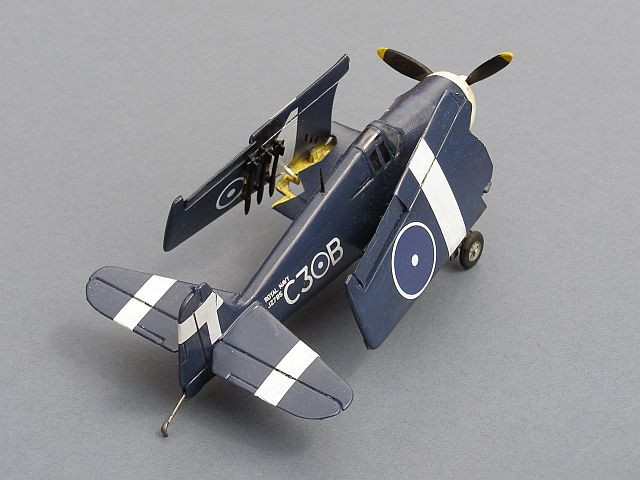Royal Navy Aircraft -
Grumman Gannet / Hellcat and Tarpon / Avenger
![]()
![]()
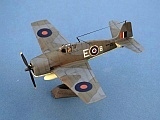
Grumman Gannet (Hellcat I) 800 Sqn, HMS EMPEROR, British Home Fleet,
Operation Tungsten, Norway April 1944.
Frog's Hellcat was first issued in 1972 and it shows! The kit is acceptable in shape,
but with minimal detail. Its undercarriage is a major shortfall; as well as the doors
being wildly over-
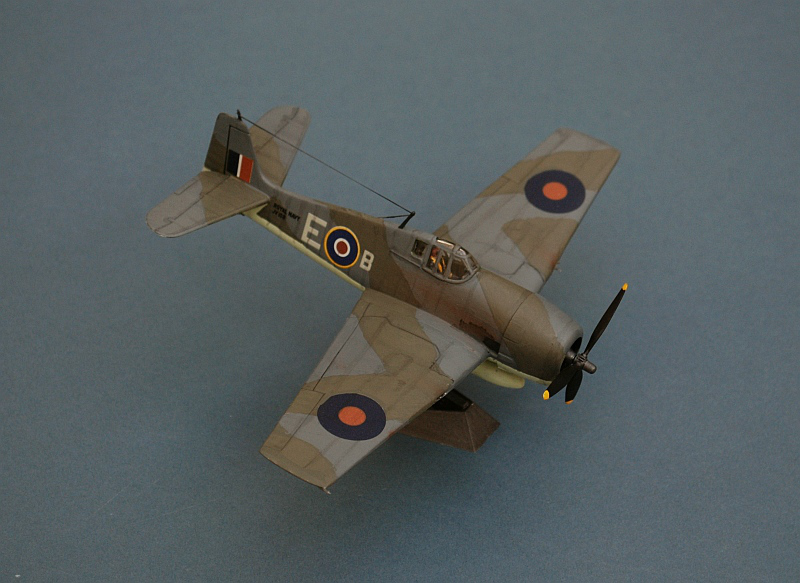
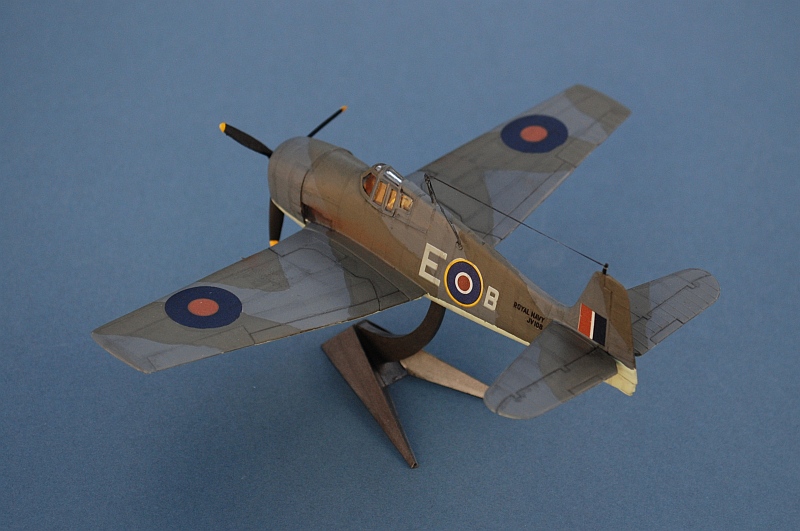
Grumman developed the Hellcat largely on their own initiative, after talking with
experienced British and US Wildcat pilots. Building on the lessons of real combat,
it was a quantum leap forward and possibly the best all-

I first built the Airfix Gannet/Hellcat in the 70s; its a reasonable kit, but the
kit's wing fold mechanism makes it very difficult to build it unfolded. This one
was a Christmas "stocking" pressy from my wife; spot on ! This is the 2003 issue
-
This is th eHasegawa kit . Much more accurate and a joy to build. Decals from my Spares box.
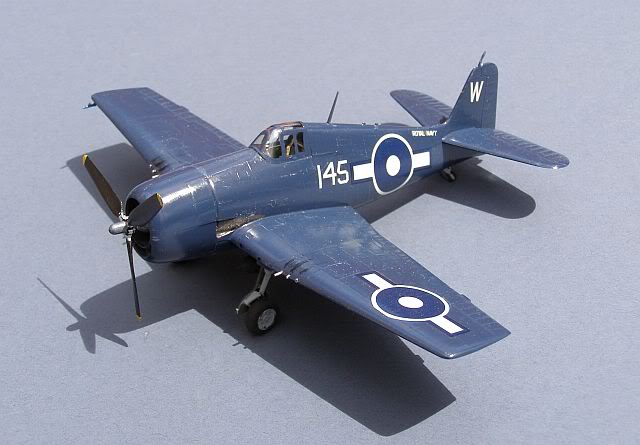
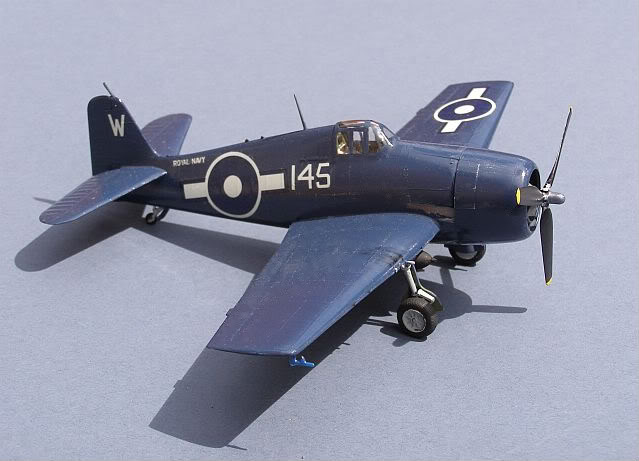
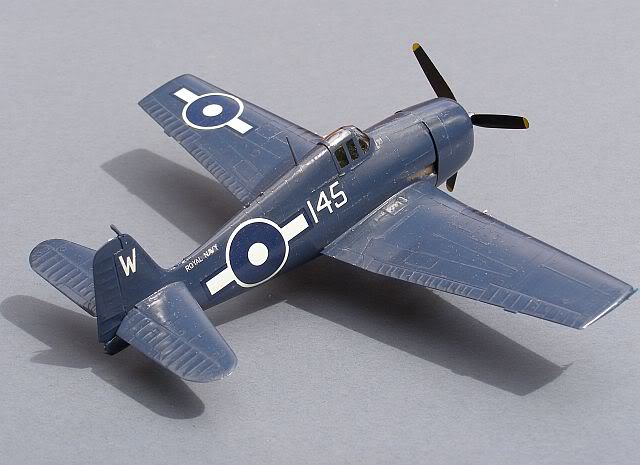
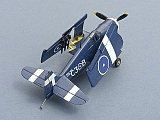
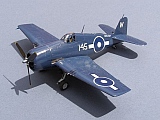
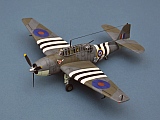
Grumman TBM-
D-
The Avenger came from the same design stable as the Wildcat. Tough, slightly agricultural
and practical in design, by 1944 Avengers made up the main elements of the Allied
carrier striking forces. After an unpromising start, they went on to become one
of the best known carrier aircraft of WW2. RN Avengers squadrons worked up in the
US, then transferred by sea to Europe. After extensive shore-
Academy’s Avenger kit is best described as a modern update of the old FROG Avenger
kit. Beautifully detailed and very easy to build, it makes a good basis for a mid-
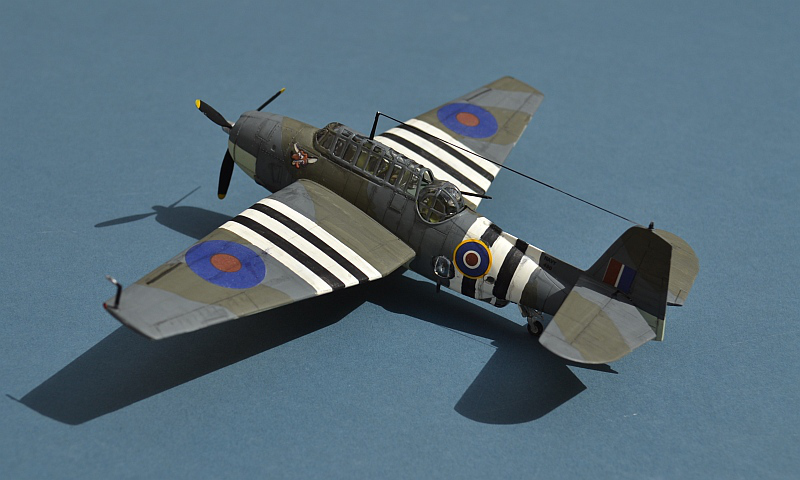
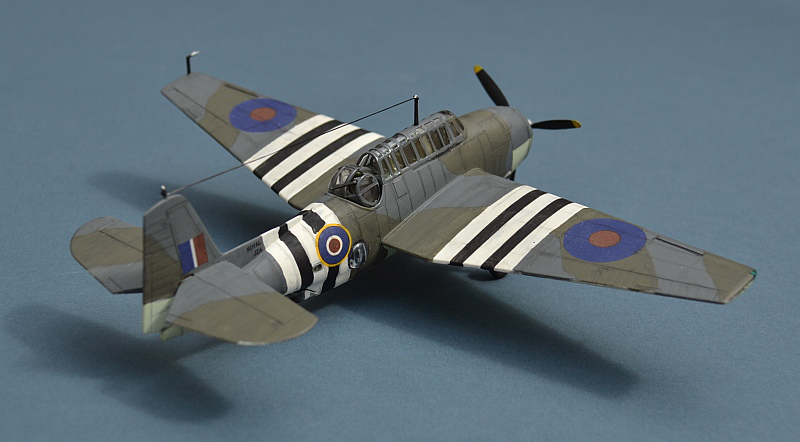
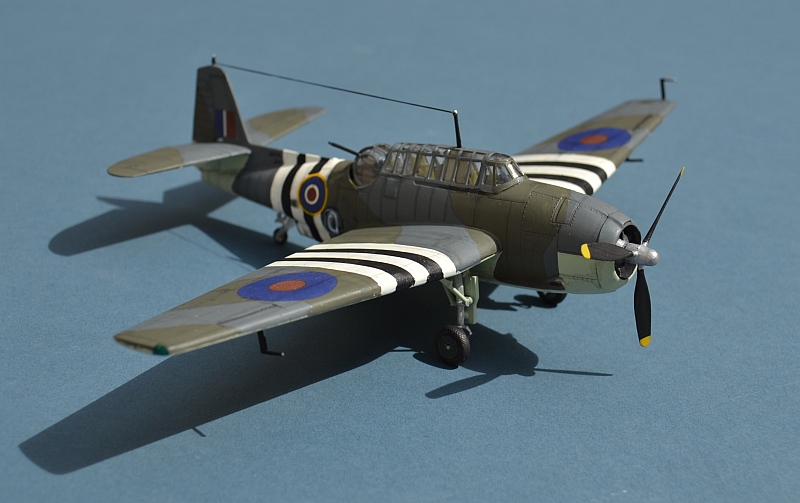
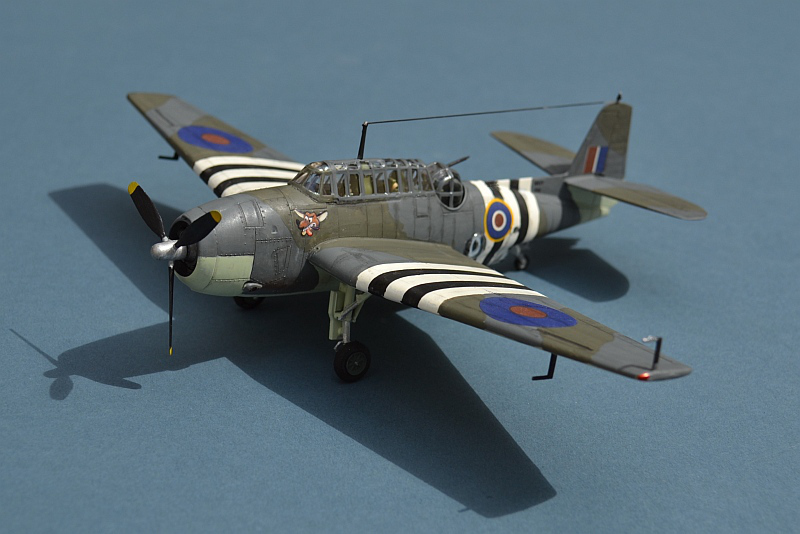
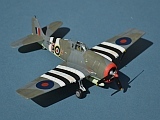
Gannets participated in the famous 1944 Tungsten and Goodwood operations, providing fighter cover and flak suppression (strafeing gun positions) for the massed raids by Barracudas and Avengers that managed to keep the Nazi battleship Tirpitz contained within her Norwegian Fjord lair.
Grumman Hellcat I, 800 Sqn, HMS EMPEROR, Task Force 88,
Operation Dragoon, Southern France, 15 August 1944.
The Hasegawa Hellcat is one of my favourites, easy to build and well detailed. This is a mid 2000’s issue with decals for an RN aircraft from the 1944 invasion of Southern France.
The forces landed during Operation Dragoon were almost entirely US and French, however the immediate air cover came from Allied Task Force 88, the air component of which was almost entirely provided by the RN's Escort Carrier force. Dragoon was immensely successful, building on the experience of Normandy and the Pacific to conduct a textbook (partly) opposed amphibious landing. Within a month the all southern French ports were in Allied hands and receiving much needed supplies directly from the US (making up for the problems capturing the port of Cherbourg in the North).
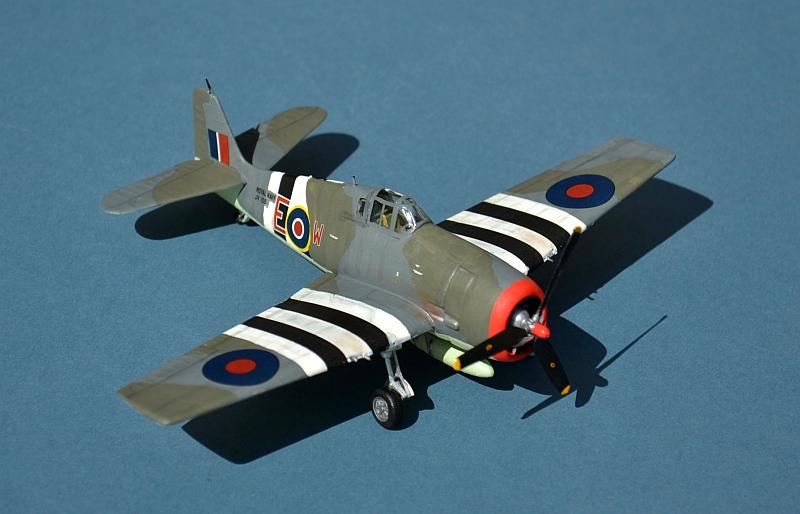
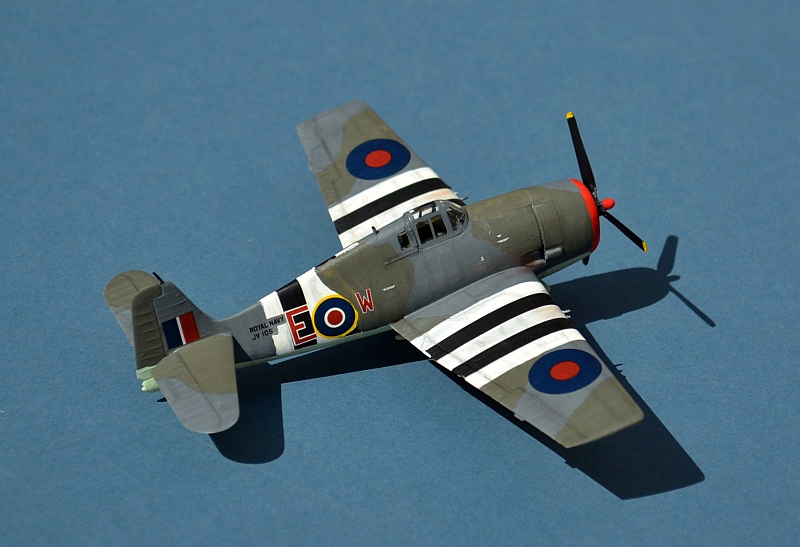
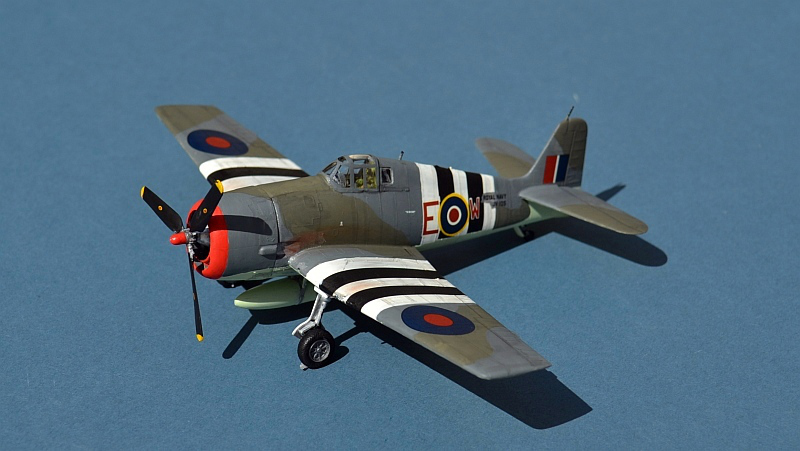
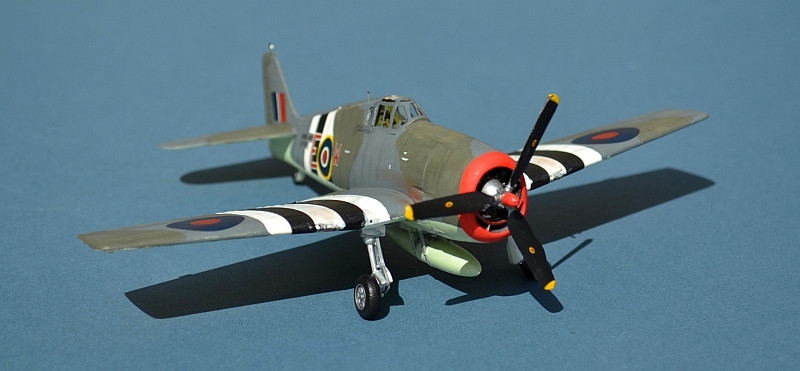
Grumman Hellcat 1 1839 Sqn Fleet Air Arm, HMS INDOMITABLE,
British Eastern Fleet, Indian Ocean, November 1944.
Another attempt at one of my FROG Hellcats, although this time I have extended the
undercarriage oleos to a more realistic length. These are the alternative decals
supplied in the box, for an aircraft of the BEF in late 1944, using the two-
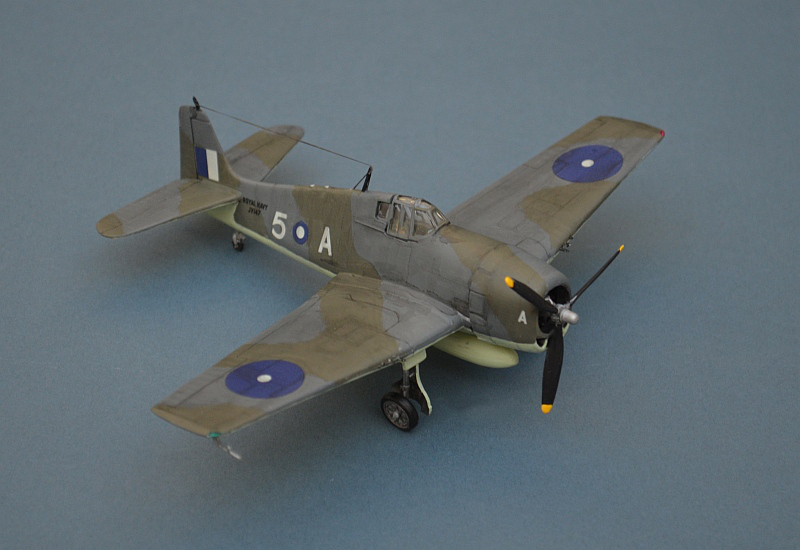
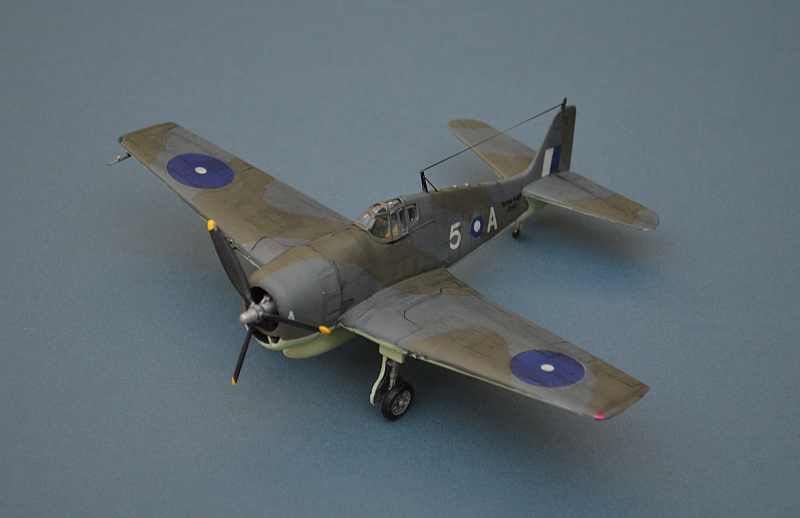
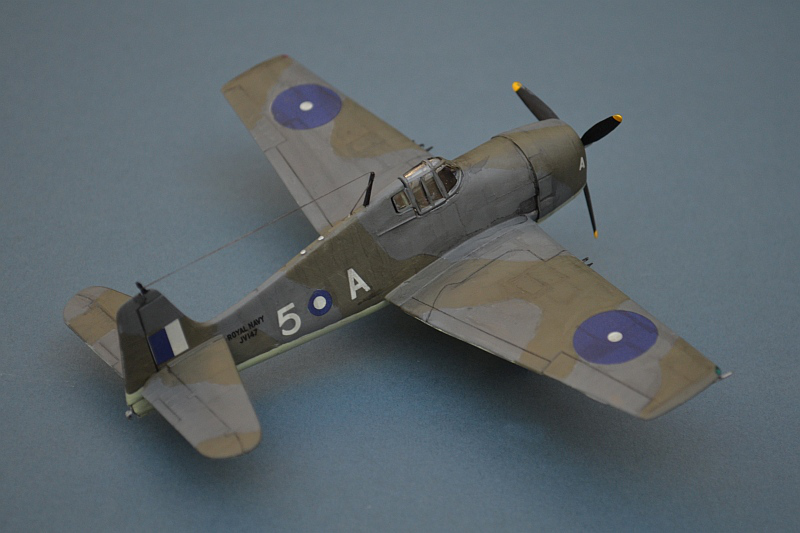
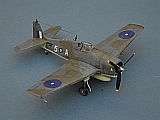
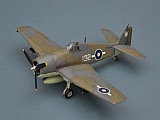
Grumman Hellcat II 1844 Sqn, HMS INDOMITABLE
Task Force 57, British Pacific Fleet/US Fifth Fleet, Okinawa 12 Apr 1945.
This is the Heller 1980s issue of their Hellcat II. Its not a bad kit although there are many better options. Like many Heller (and other French) kits it is more an example of the moulder’s artistic skills than the moulder’s engineering skills, but it assembles well enough, despite its very soft and thin plastic.
The Battle for Okinawa saw some of the most fierce and vicious fighting of the war, with nearly half a million casualties. Planned to become the main stepping stone for the invasion of the Japanese mainland, its defenders fought until the last man was standing, whilst the increasingly desperate Japanese air forces resorted to massive Kamikaze suicide attacks on the allied ships attacking the island.
BPF aircraft were assigned the role of attacking Japanese air bases on nearby Sakishima
Gunto island as well as Formosa (Tiawan). This aircraft was flown by Fleet Air Arm
Ace, Sub Lt Bill Foster who shot down a Ki-
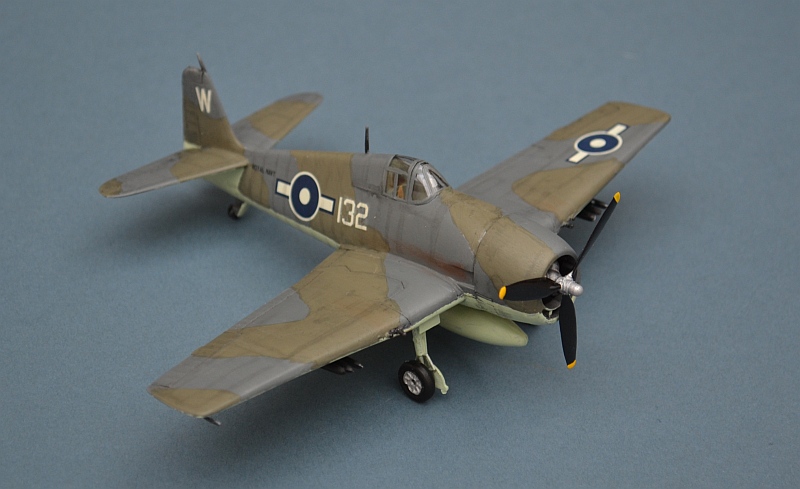
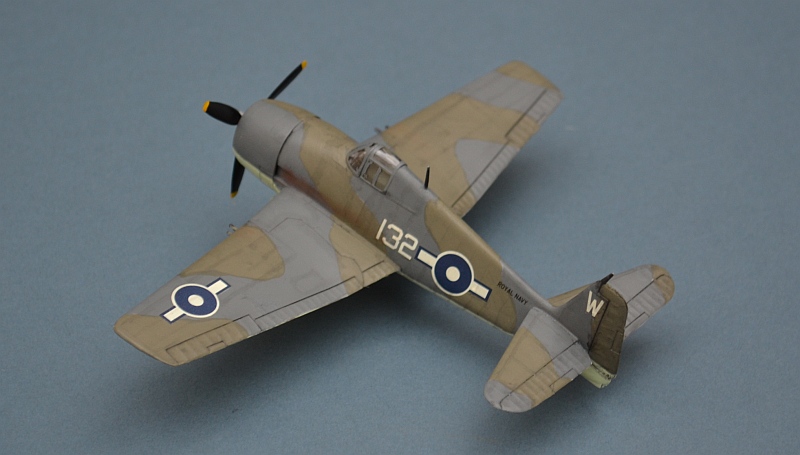
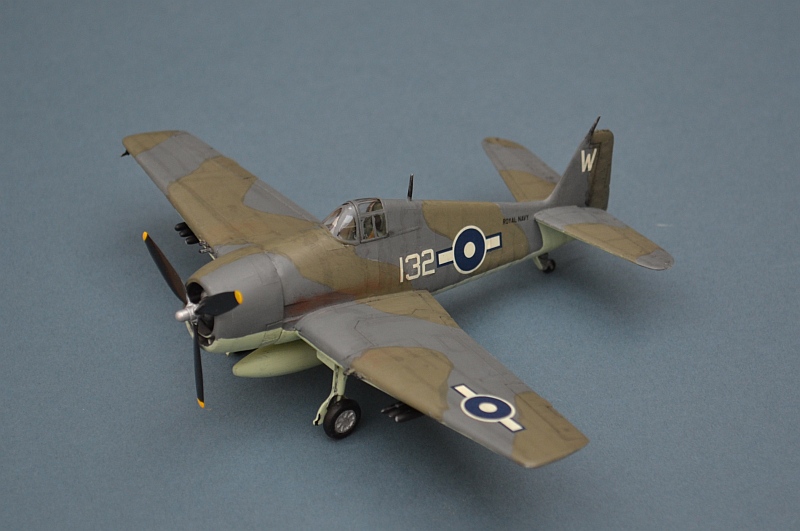
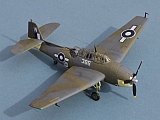
Grumman TBM-
Task Force 57, Operation Iceberg II, Sakishimo Gunto, Okinawa Campaign -
This kit is the FROG original, built “out the box”. The main difference from the Academy kit is the lightly raised detail, but otherwise it is very similar. With the exception of the fit of the turret into the fuselage, mine built very easily.
Avengers formed a key part of the East India Fleet and British Pacific Fleet and
participated in all of the main actions, including the final British sorties of WW2.
This aircraft wears early BPF markings -
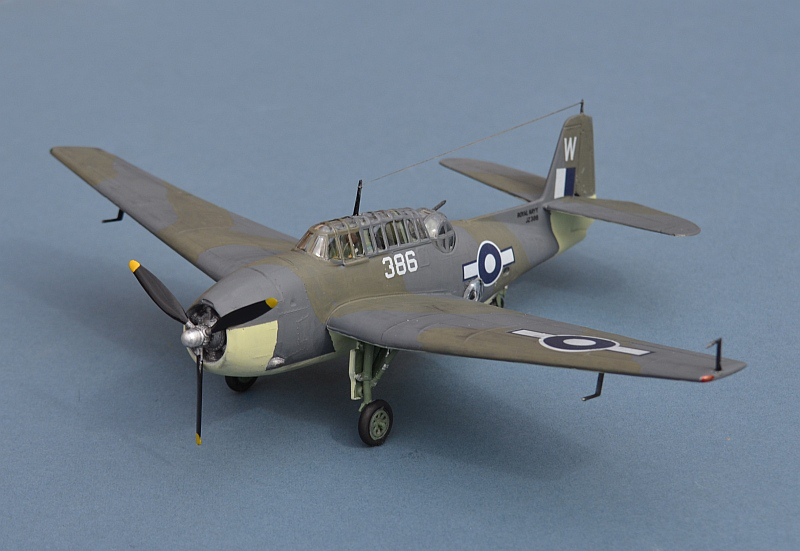

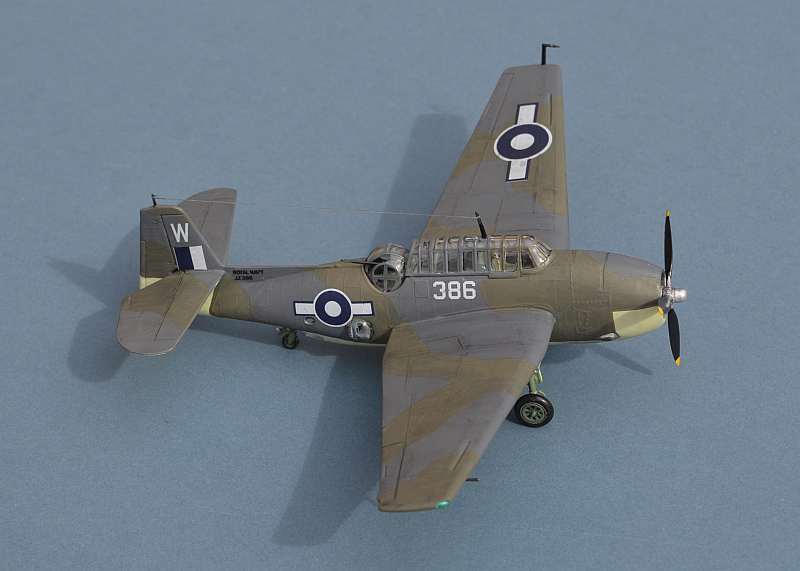
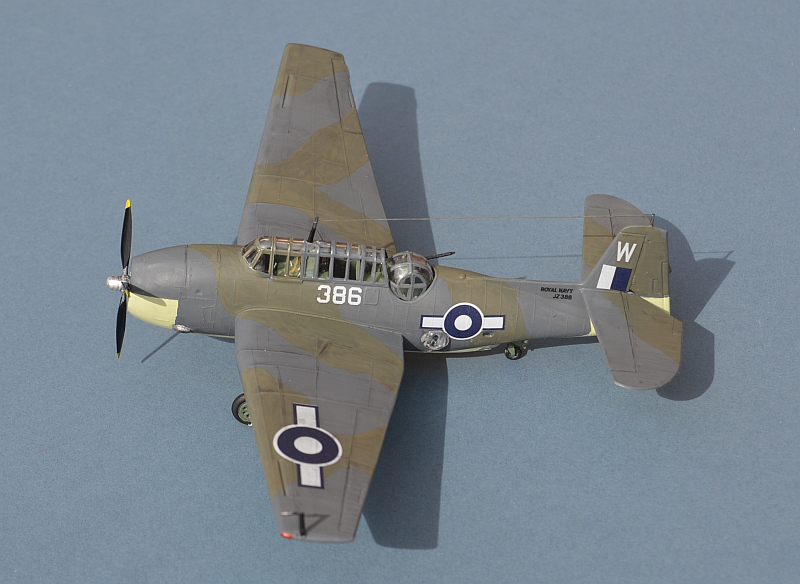
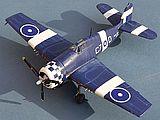
Grumman Hellcat II 808 Sqn Fleet Air Arm, HMS KHEDIVE / RNAS Trincomalee,
British East Indies Fleet, Indian Ocean, November 1945.
This is an Academy kit with Freightdog decals showing one of 808 Sqn’s aircraft at Trincomalee immediately after the Japanese surrender. The chequered engine cowling is very unusual for a Fleet Air Arm aircraft.
Hellcats of the Eastern, East Indies and Pacific Fleets wore a wide range of markings, all intended to prevent confusion with Japanese red markings.
Initially these simply removed the red centre to the normal roundel, but became increasingly complex, including white stripes on nose, tail and wings. To further aid recognition, the British Pacific Fleet also adopted a US style white bar as well.
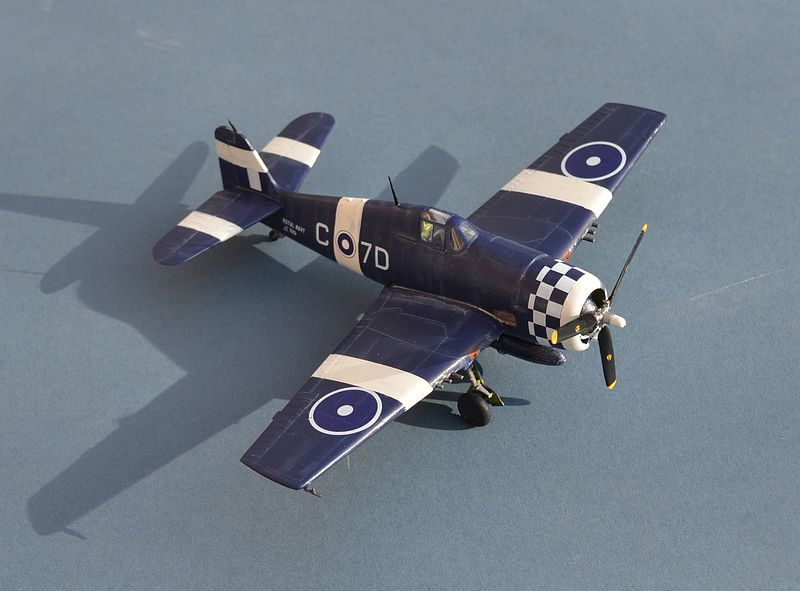
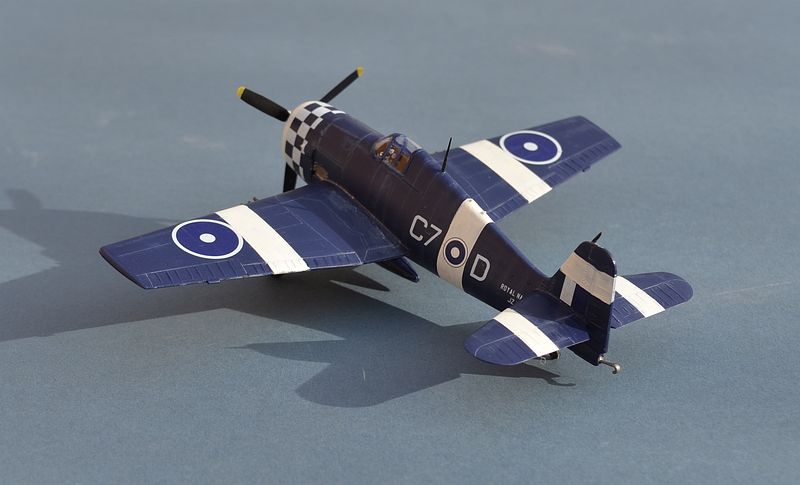
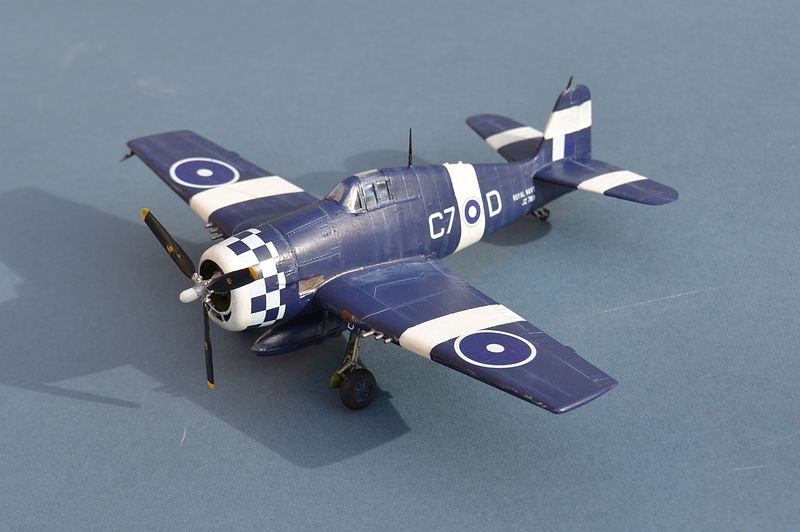
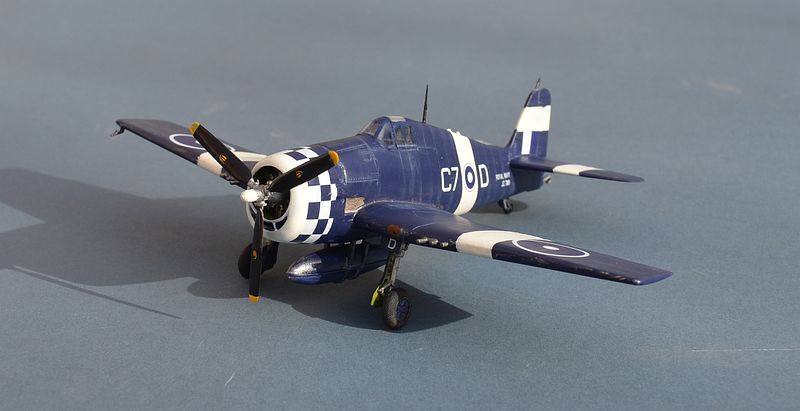
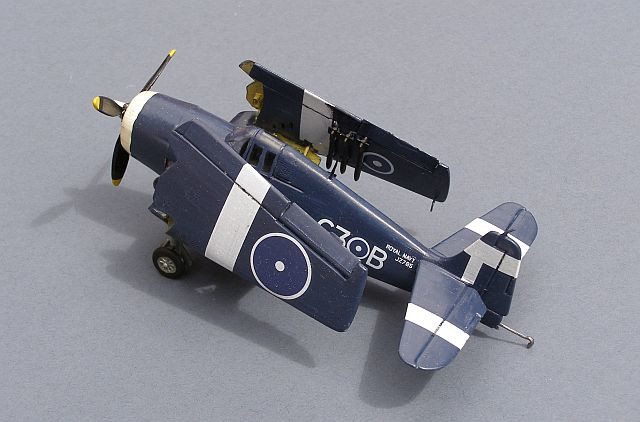
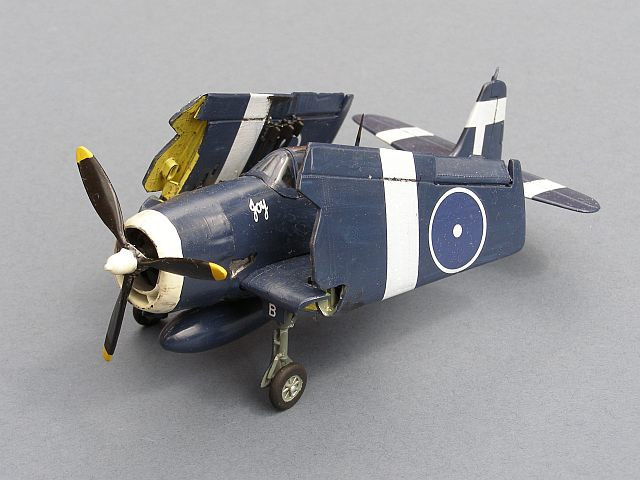 Top of Page
Main Index
Top of Page
Main Index
